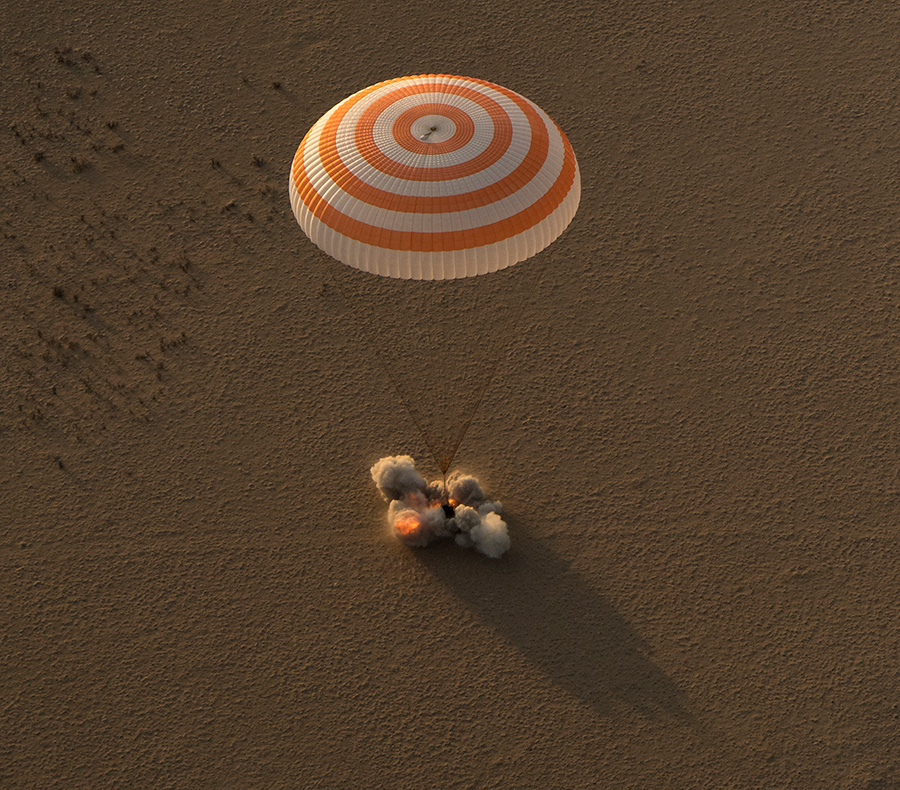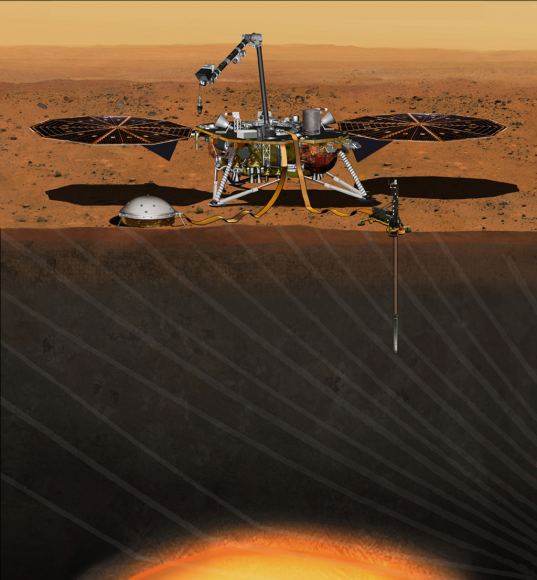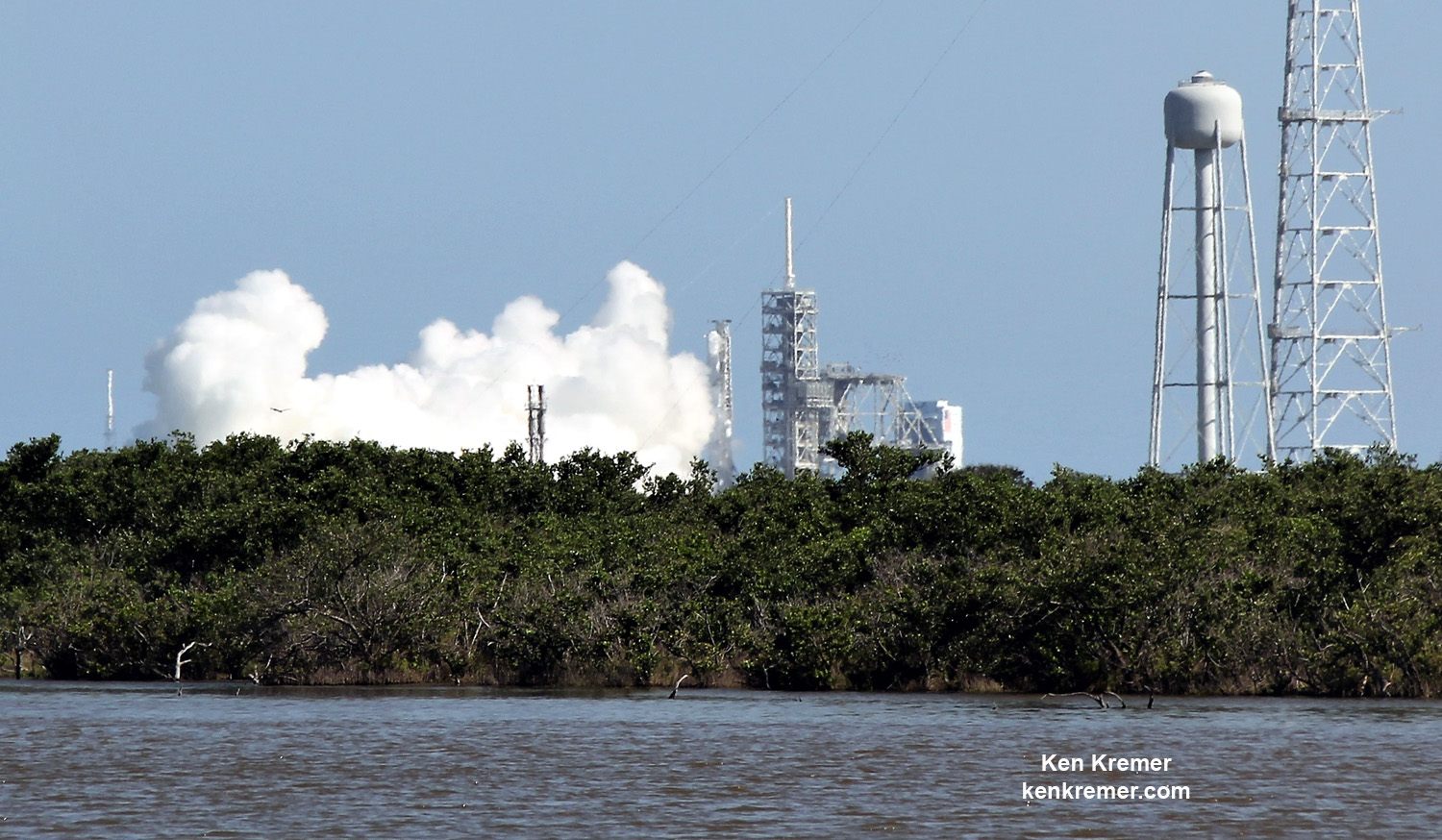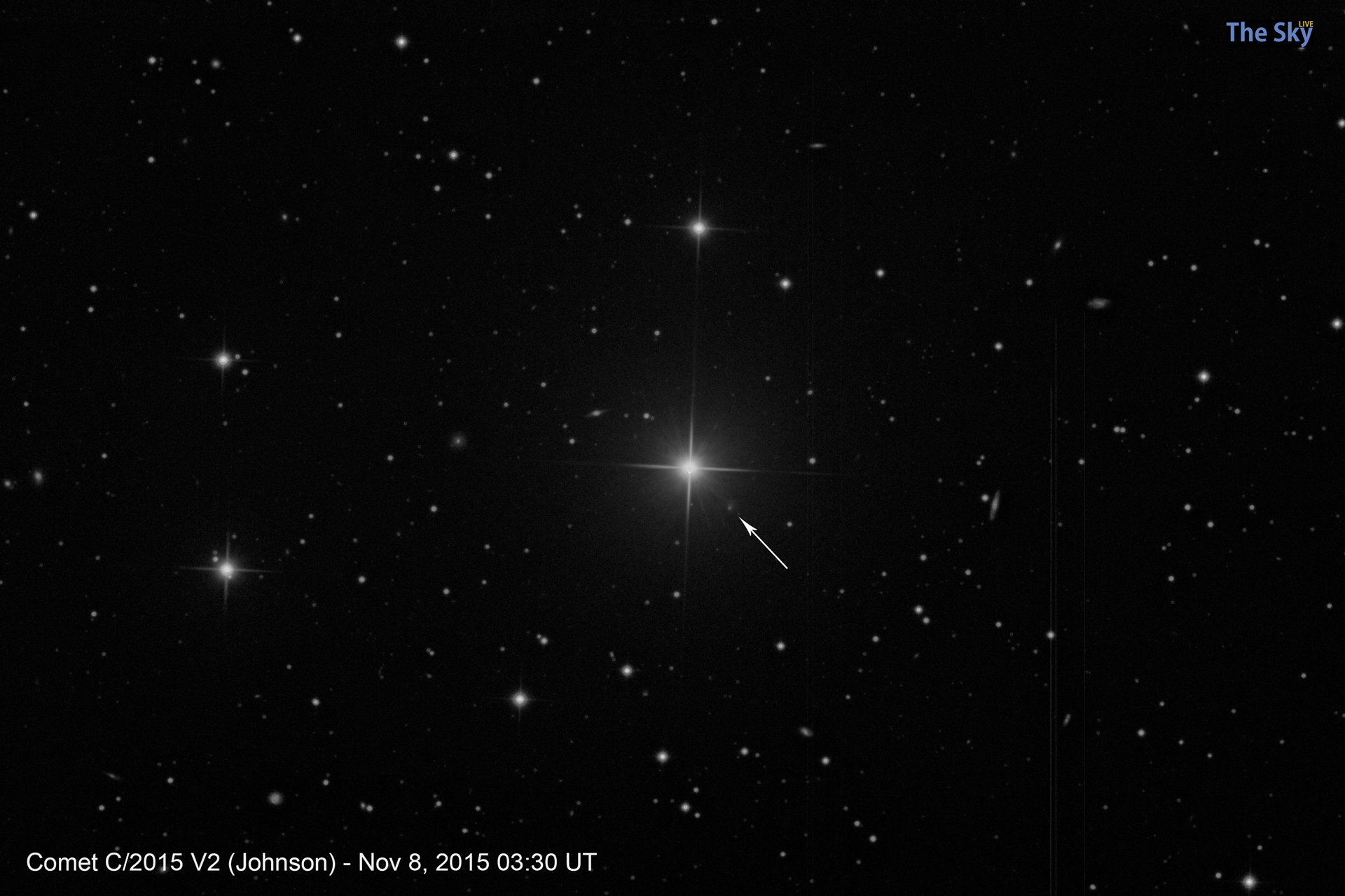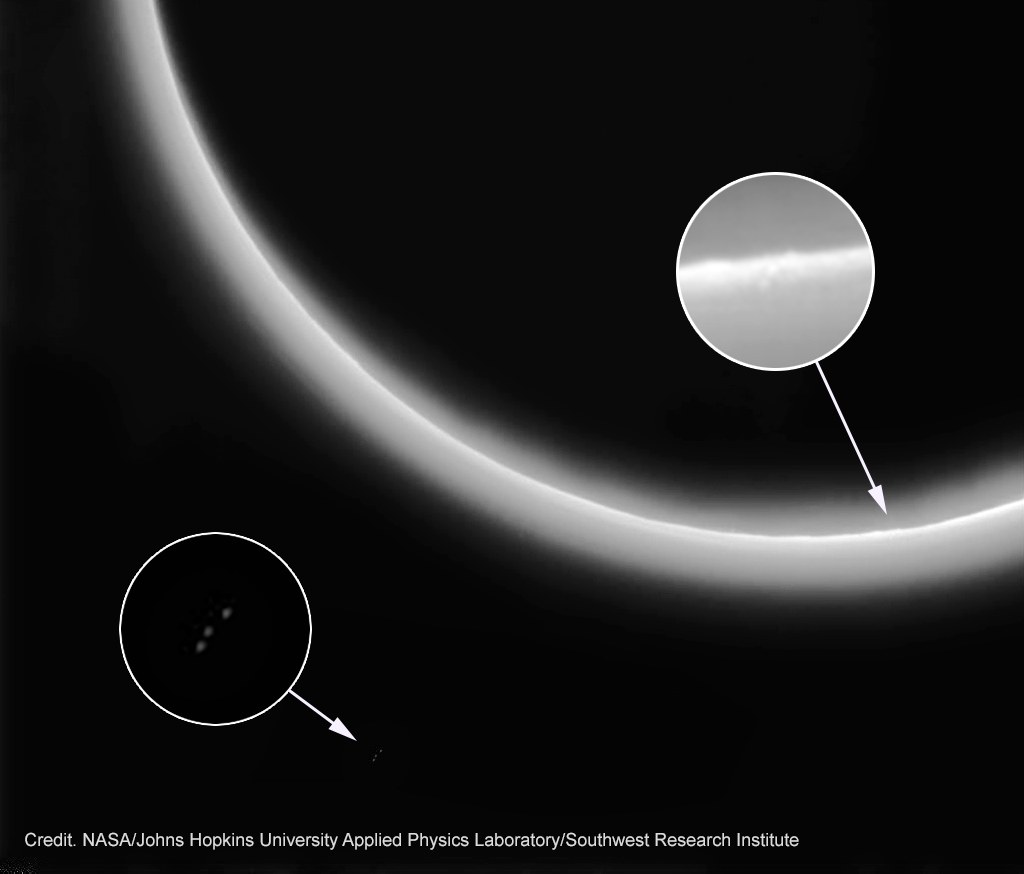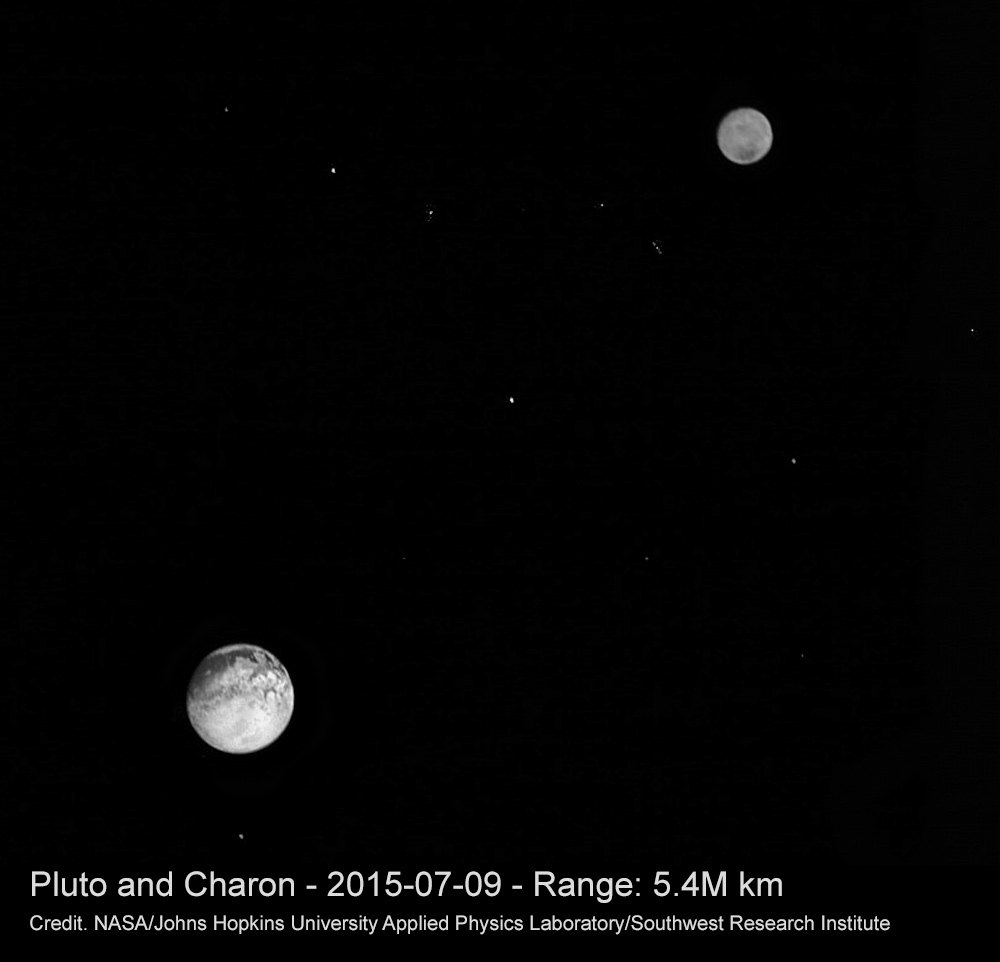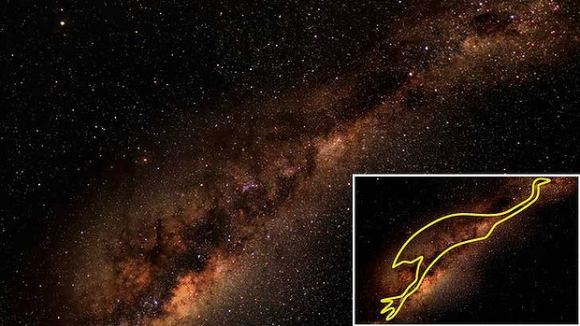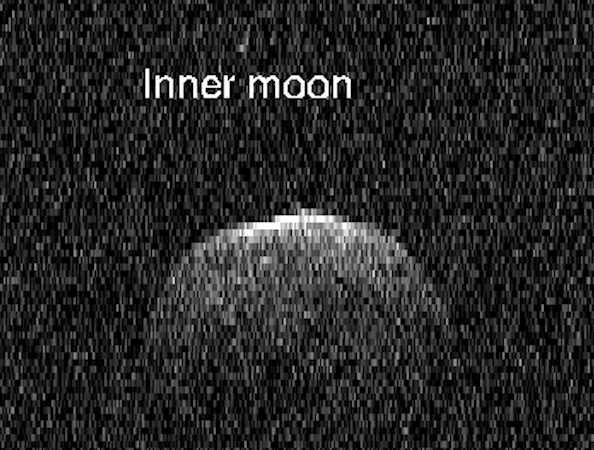Unique study tests fundamental laws of physics
A study that will ‘test our understanding of how the Universe works, particularly outside the relatively narrow confines of our planet’ is being undertaken by an international team of researchers led by the University of Leicester. Powered by WPeMaticoRead More →
